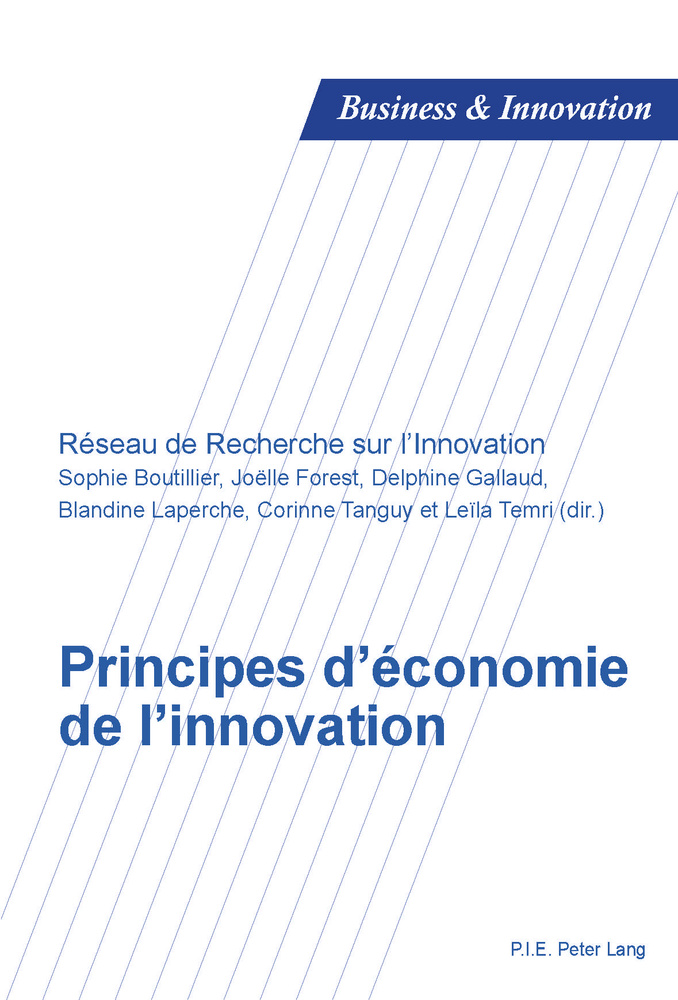Chapter SNI 2014
Corbel, P. « Le rôle de la recherche et de la formation dans le SNI français » in S. Bouillier, J. Forest, D. Gallaud, B. Laperche, C. Tanguy et L. Temri, Principes d’économie de l’innovation, P.I.E. Peter Lang, March 2014, p.403-414
Introduction:
One of the key elements of a National Innovation System is the area of interaction between the world of 'science' and that of 'technology', to use the classic distinction of Dasgupta and David (1994), even if several authors have proposed a broader approach to National Innovation Systems (see also Chapter 26, Part 6). It is in fact a priori in the sectors where technology is most at the knowledge frontier that insertion in an efficient innovation system will be an important source of differentiation, at least for the most developed countries. This interaction between the worlds of science and technology is generally considered a weak point in the French NIS (see for example the Guillaume report, 2007). However, a series of measures have been put in place by successive governments to try to bring them closer together: facilitation of the creation of start-ups by researchers, individual and institutional incentives to conclude licences with industry, creation of competitiveness clusters or more recently SATTs and IRTs...
In these measures, it is the transfer of technology that constitutes the core of the links that the public authorities are pushing to develop the heart of the links that the public authorities are pushing to develop between the academic and industrial worlds. However, empirical studies have shown that this is only one aspect of the many connections that exist between the two (Perkmann, Walsh, 2009). Consultancy assignments carried out by researchers within companies also play an important role in the development of research, for example, play an important role in knowledge transfer. This transfer is obviously also carried out through training activities.
Our chapter will focus on these two aspects: the evolution of the system in the direction of mitigating between a world of open science and a world of private appropriation of the data world of open science and a world of private appropriation of knowledge and the difference between a restrictive conception of technology between a restrictive conception of technology transfer issues and a global approach to relations between the academic and industrial worlds. We We will show that this global approach is likely to reduce a little the tensions the tensions arising from the antagonisms between the central goals of the two worlds. However, the efforts of the public authorities to develop the French NIS have focused mainly on technology transfer in the strict sense
Link :
The book can be purchased by clicking on the image below.
